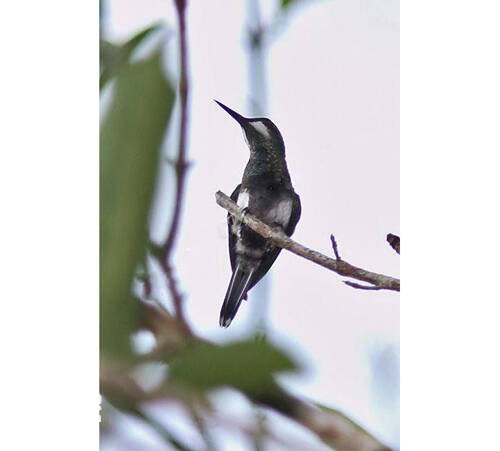
Discosura langsdorffi
Discosura langsdorffi,Black-bellied Thorntail
The Black-bellied Thorntail hummingbird is Discosura langsdorffi and black-b···
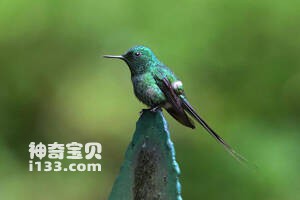
Discosura conversii
Discosura conversii,Green Thorntail
Green Thorntail hummingbird scientific name Discosura conversii, foreign nam···
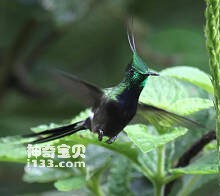
Discosura popelairii
Discosura popelairii,Wire-crested Thorntail
The hummingbird is Discosura popelairii, or Wire-crested Thorntail.Protect w···
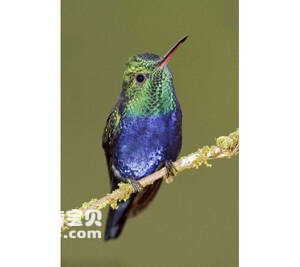
Damophila julie
Damophila julie,Violet-bellied Hummingbird
Damophila julie, Violet-bellied Hummingbird, specific habits are unknown.Pro···
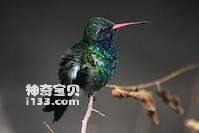
Cynanthus sordidus
Cynanthus sordidus,Dusky Hummingbird
The dark broad-billed Hummingbird is known as Cynanthus sordidus and Dusky H···
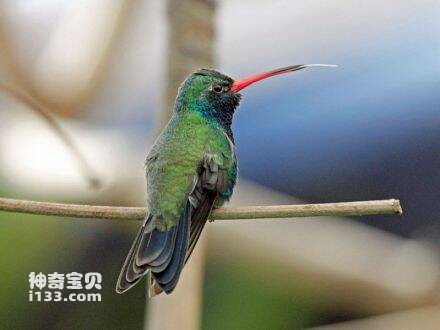
Cynanthus latirostris
Cynanthus latirostris,Broad-billed Hummingbird
Cynanthus latirostris, or Broad-billed Hummingbird, is unknown.Protect wild ···
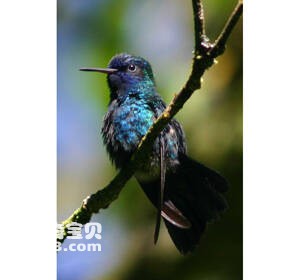
Cynanthus bicolor
Cynanthus bicolor,Blue-headed Hummingbird
The Blue-headed Hummingbird is known as Cynanthus bicolor or blue-headed hum···
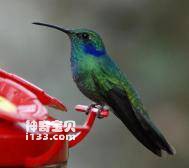
Colibri thalassinus
Colibri thalassinus,Green Violetear
The bird's scientific name is Colibri thalassinus and its foreign name i···
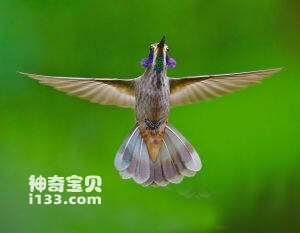
Colibri delphinae
Colibri delphinae,Brown Violetear
The Brown Violetear hummingbird is Colibri delphinae and brown violetear.Pro···
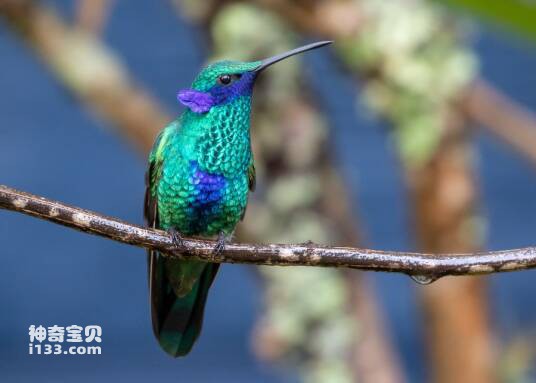
Colibri coruscans
Colibri coruscans,Sparkling Violetear
Sparkling Violetear (Colibri coruscans) is not known for its specific habits···
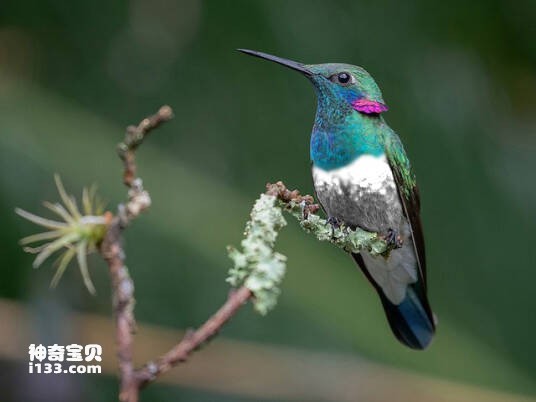
Colibri serrirostris
Colibri serrirostris,White-vented Violetear
The specific habits of the white-belted, purple etear hummingbird (Colibri s···
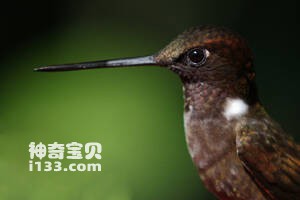
Coeligena wilsoni
Coeligena wilsoni,Brown Inca
Brown star fronted hummingbird scientific name Coeligena wilsoni, foreign na···
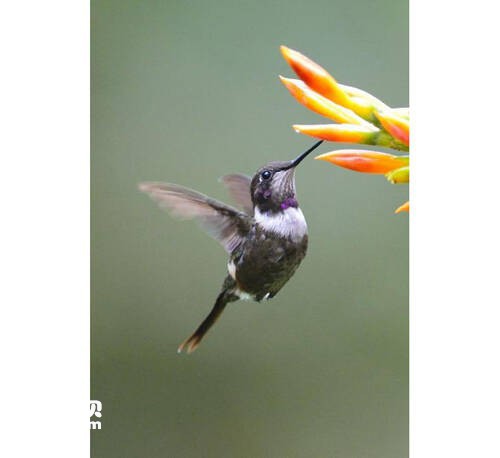
Coeligena violifer
Coeligena violifer,Violet-throated Starfronlet
The species is known as Coeligena violifer and Violet-throated Starfronlet.P···
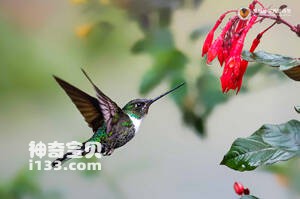
Coeligena torquata
Coeligena torquata,Collared Inca
The bird's scientific name is Coeligena torquata, and its foreign name i···
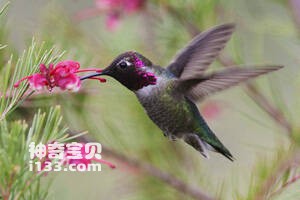
Coeligena prunellei
Coeligena prunellei,Black Inca
Black star fronted hummingbird scientific name Coeligena prunellei, foreign ···
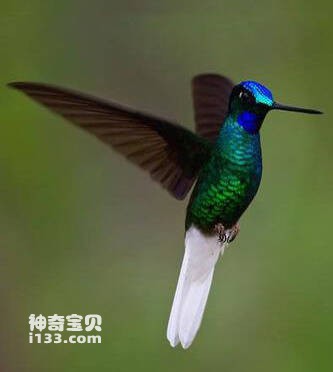
Coeligena phalerata
Coeligena phalerata,White-tailed Starfrontlet
The bird's scientific name is Coeligena phalerata, and its foreign name ···
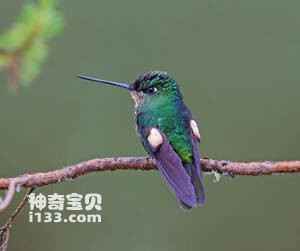
Coeligena lutetiae
Coeligena lutetiae,Buff-winged Starfronlet
The species is known as Coeligena lutetiae and Buff-winged Starfronlet. Its ···
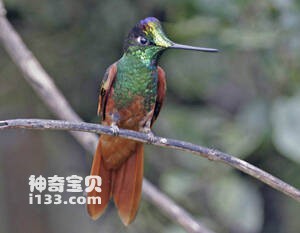
Coeligena iris
Coeligena iris,Rainbow Starfronlet
Rainbow starfronted hummingbird scientific name Coeligena iris, foreign name···
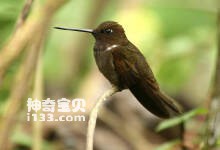
Coeligena inca
Coeligena inca,Gould's Inca
Rusty-thorax star fronted hummingbird scientific name Coeligena inca, foreig···
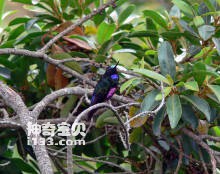
Coeligena helianthea
Coeligena helianthea,Blue-throated Starfronlet
The Blue-throated Starfronlet is known as Coeligena helianthea and blue-thro···
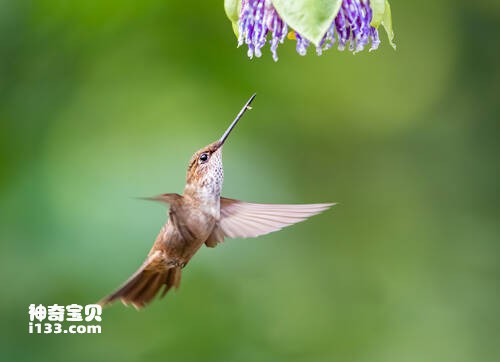
Coeligena coeligena
Coeligena coeligena,Bronzy Inca
The copper star fronted hummingbird's scientific name is Coeligena coeli···
